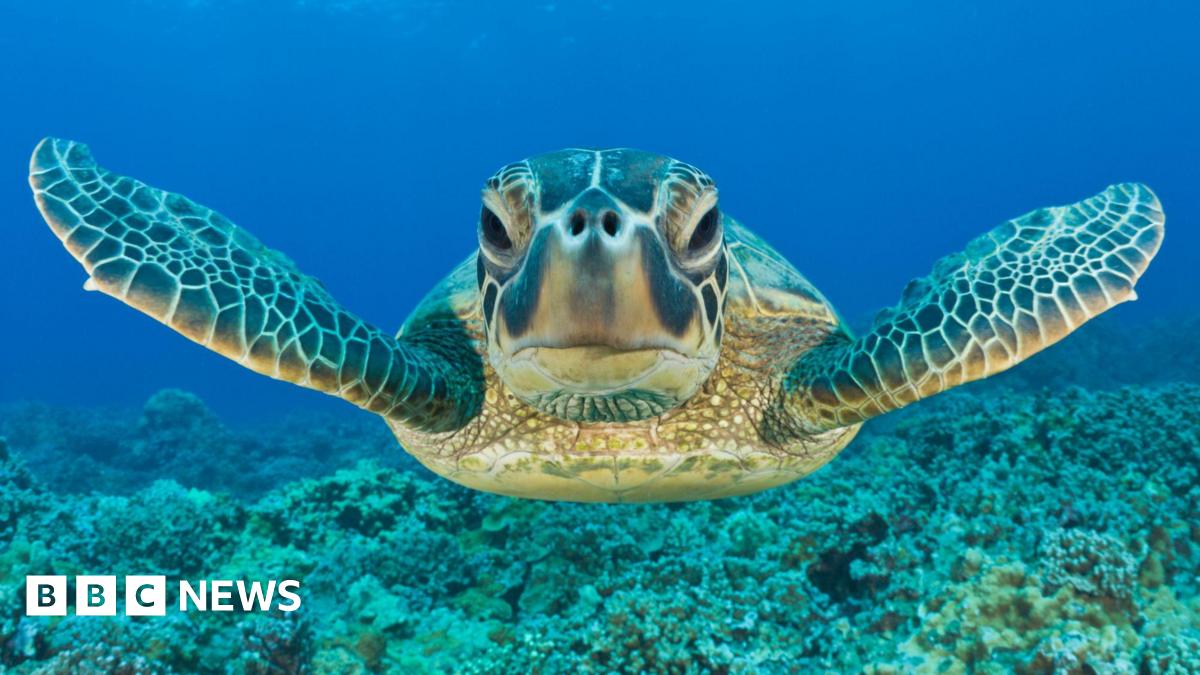Green turtles are one of the largest species of sea turtles, named for the greenish colour of their body fat, which comes from their plant-based diet.
They are one of seven living species of sea turtles, two of which are critically endangered.
Prof Brendan Godley, a conservation scientist at the University of Exeter, said green turtle populations in many parts of the world are showing signs of recovery due to conservation efforts over the last five decades, and while this work must continue for years to come, it gives cause for optimism.
“Sea turtles are iconic and charismatic species… they inspire people,” he said. “Hundreds of thousands of people have been working for decades to try and look after these creatures, and undoubtedly, it has had an impact.”
The conservation efforts include patrolling beaches, protecting females and their eggs at nesting sites, releasing hatchlings into the sea, education and awareness to reduce turtles being killed for meat and eggs, and using measures to stop turtles being captured in fishing nets.

